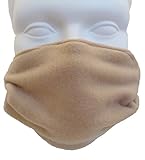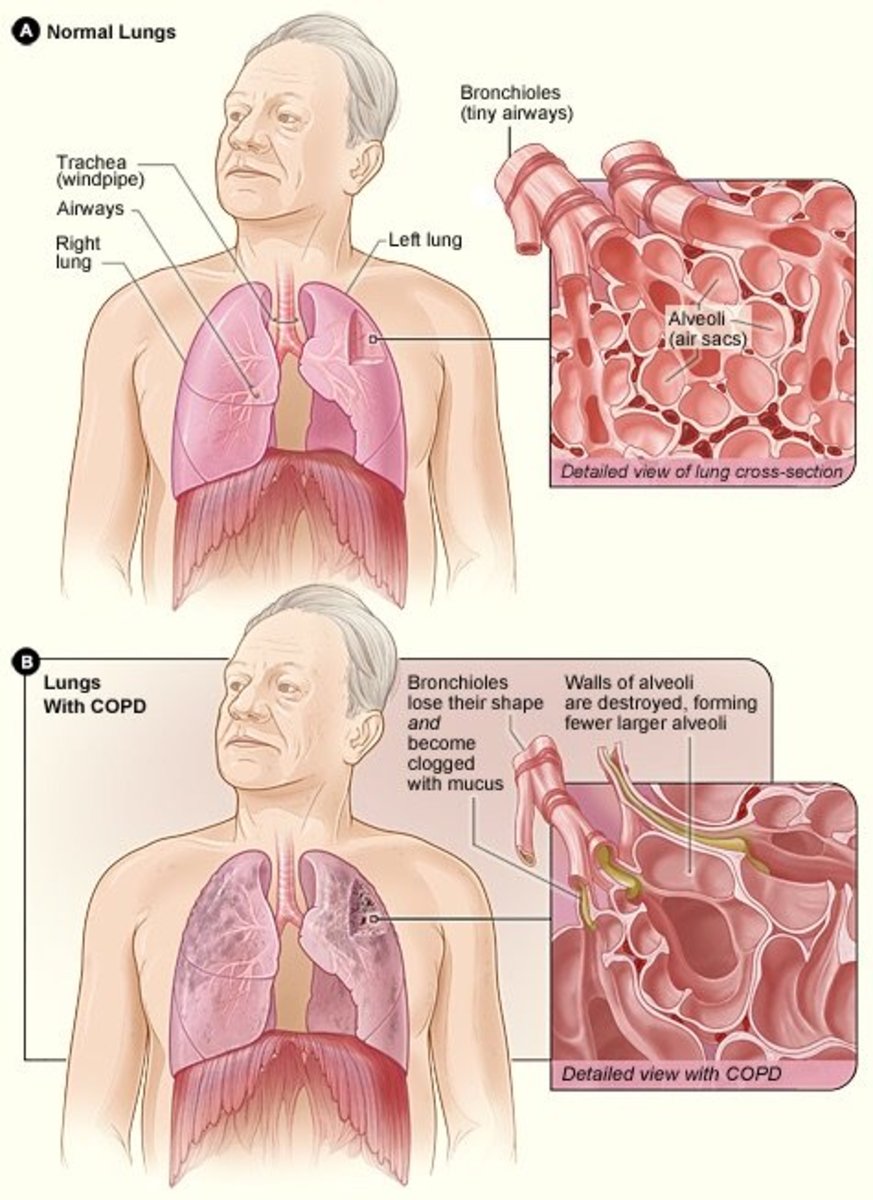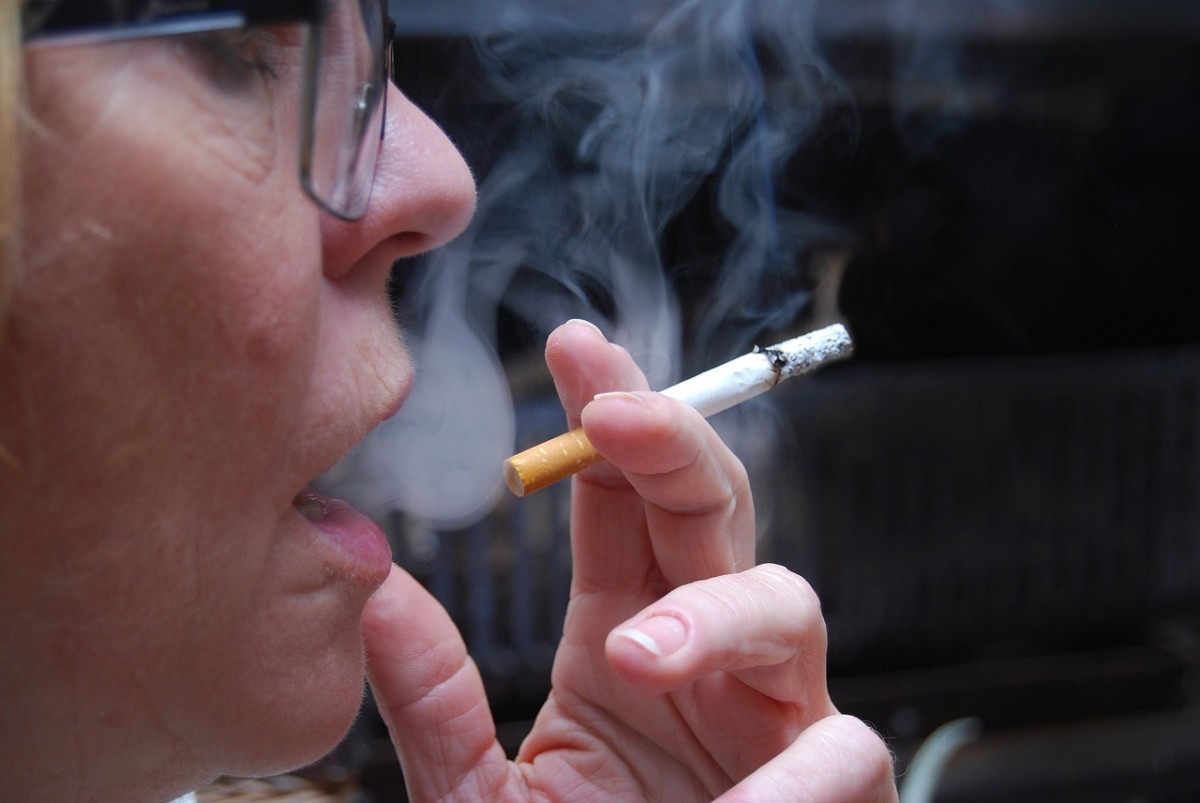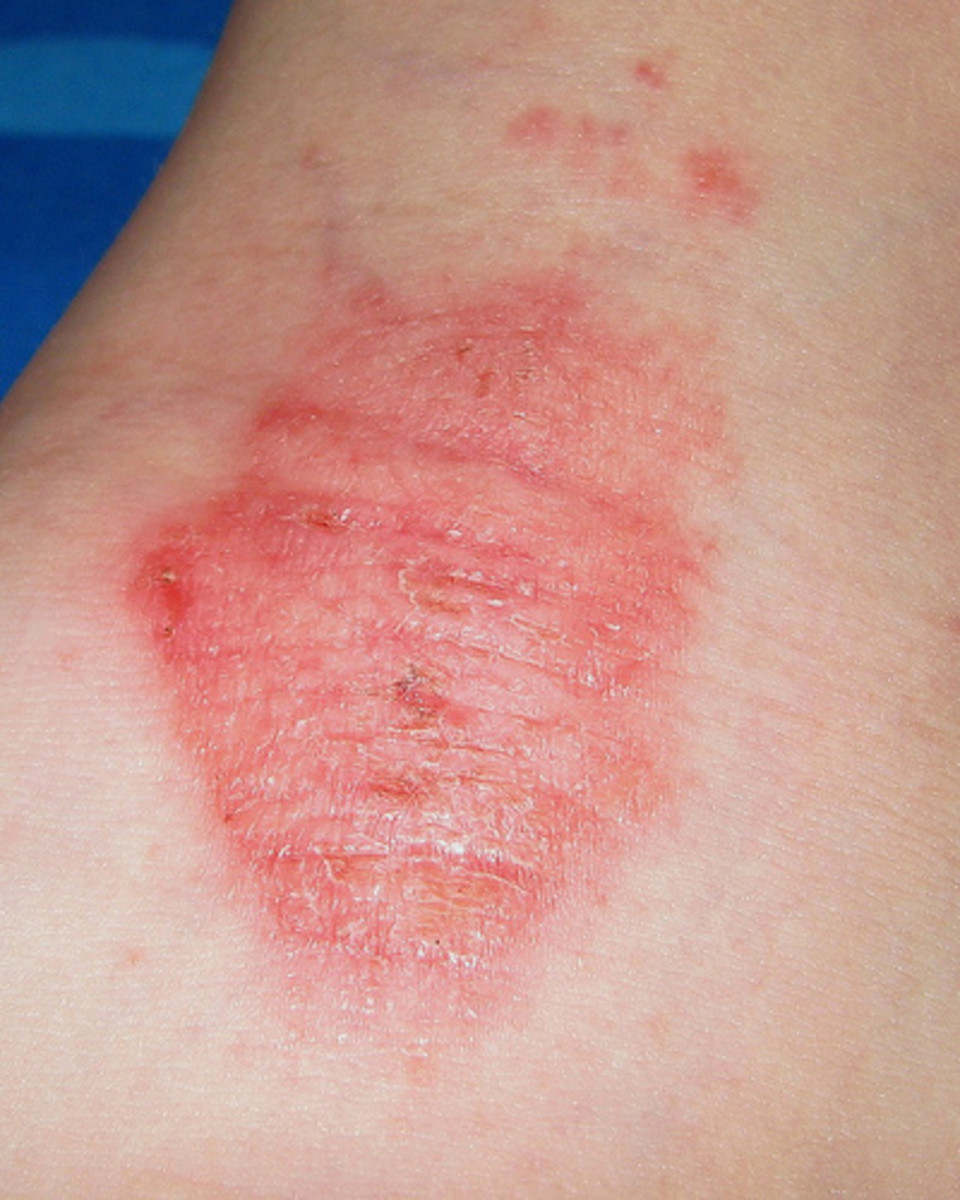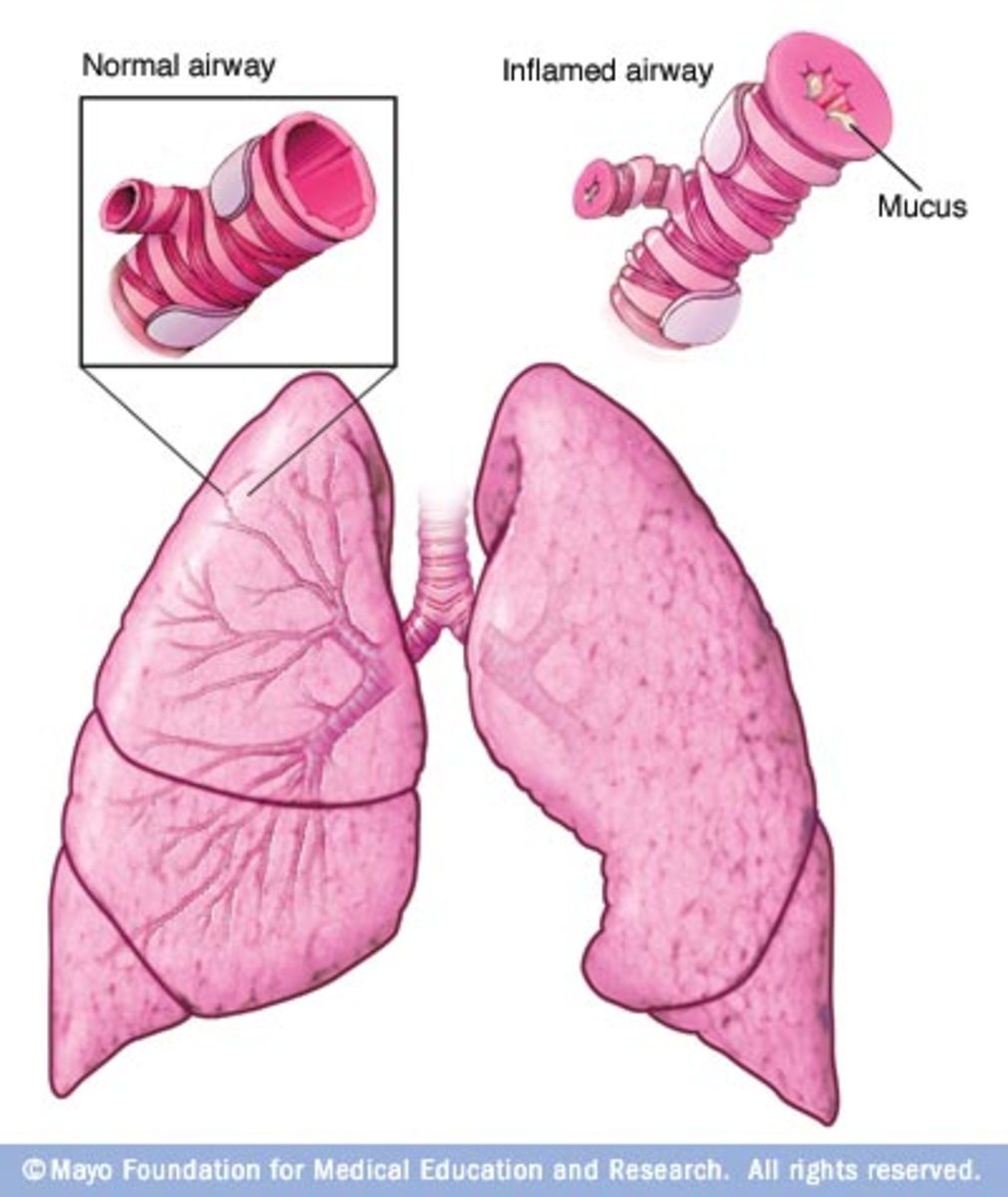ASTHMA AND COPD - The Bitter Truth
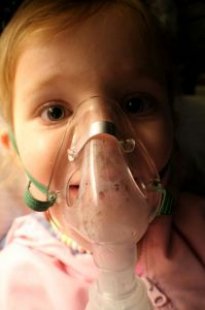
What is Asthma?
Asthma is a chronic disease of the bronchioles (small airways) that take air in and out of the lungs. If the bronchioles become inflamed a lot of mucous will be produced. It is characterised by a cough, breathlessness and wheezing.
Who is affected by it?
More children than adults are affected by asthma and some children do grow out of it. One in eight children has it and one in 12 adults has it in the UK.
What are the main symptoms?
- Tightness in the chest
- Wheezing
- Coughing
- Shortness of breath
What is an asthma attack like?
Sometimes an attack can be predicted. Some sufferers often report feeling light headed or dizzy, whilst others say they get a tickly cough or itching before the attack begins. Most asthma sufferers have ‘triggers’ such as pollen, dust, pet dander, emotion, certain chemicals, perfumes or smoke. Generally the attack will be more severe if there is more than one trigger. Attacks do not always occur immediately after a trigger
- The air passages begin to swell
- Breathing becomes difficult and noisy
- Wheezing starts when breathing in and out but may only be audible on the out breath
- The chest feels painful and tight
- A feeling of overwhelming fatigue often occurs


Can attacks be prevented?
Swimming and yoga are excellent exercises for the management of asthma
Avoiding triggers can reduce the frequency of attacks
Ensure preventative medication is taken daily even if you are not having symptoms
Try to avoid exertion in cold temperatures
What are the facts?
The NHS spends approximately 1 billion pounds a year treating asthma
Over 6000 people in the UK visit A&E departments due to asthma
Around 3 people per day die of asthma in the UK
Some 5.4 million people in the UK are being treated for asthma
Up to 90% of asthma related deaths are preventable
A child in the UK is admitted to hospital with asthma every 17 minutes
Up to 1.1 million working days a year are lost due to breathing problems
Source: Asthma UK
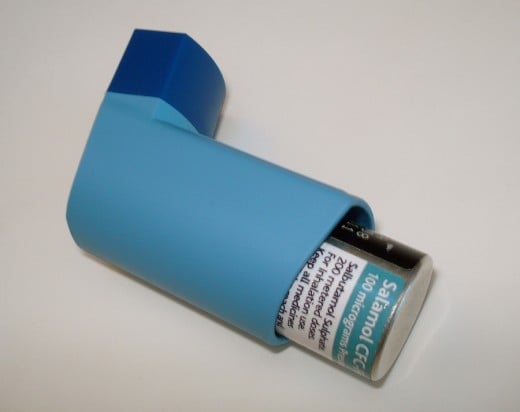
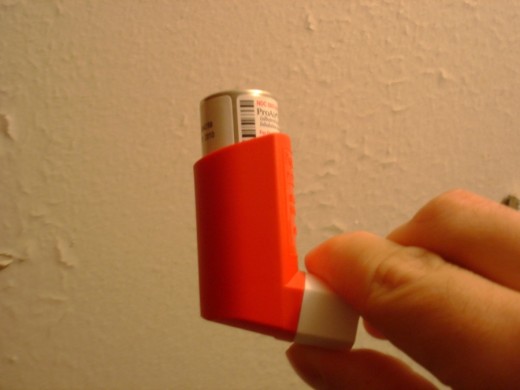
What treatments are available?
Relievers – Normally blue: These are treatments taken to relax the muscles surrounding the bronchioles when symptoms are being suffered. Terbutaline and Salbutamol are commonly prescribed relievers.
Preventers – Normally red, orange or brown: These are given when one or more attacks are suffered each week. Commonly prescribed preventers are mometasone, beclometasone, fluticasone and budesonide.
What is the prognosis?
The lung function of asthma sufferers declines quicker than people who are asthma free.
Death is relatively rare from asthma and up to 90% of asthma deaths are preventable
Asthma is normally chronic although some sufferers can be free of symptoms for long periods
Some adults can become symptom free if their asthma is mild


5 other possible remedies
- Probiotics contained in some yoghurt drinks are believed to prevent asthma and allergies
- Herbal Remedies such as Fish Oils, Flaxseed Oil, Bromelain, Magnesium and *Glycyrriza
- Acupuncture
- Breathing exercises
- Homeopathy
*Not to be used by people suffering from blood pressure
COPD
What is COPD?
COPD or Chronic Obstructive Pulmonary Disease is a term used collectively for various lung diseases. Emphysema, Chronic Bronchitis and Chronic Obstructive Airways disease are all included in the umbrella term. Sufferers from COPD have obstructed airways due to their narrowing
Who is affected by it?
Mainly smokers aged over 35 but people in that age group who are exposed to air pollution, dust and fumes can also be affected.. Genetic disorders like alpha-1-antitrypsin deficiency account for about 1% of sufferers.


What are the main symptoms?
- Wheezing
- Breathlessness when moving about or exercising
- Weight loss
- Chest infections
- Permanent phlegm producing cough
- Tired all the time
- Ankle Oedema
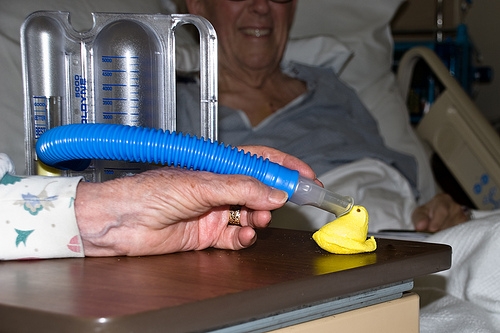
How is it diagnosed?
- Spirometer breathing tests
- CT scan
- Blood tests to rule out anaemia which can also cause breathlessness and check for alpha-1-antitrypsin deficiency
- X Rays to rule out the possibility of lung cancer
- Peak flow meter to eliminate the possibility of asthma
- Phlegm testing
What treatments are available?
Stopping smoking is first and foremost and if you don’t smoke avoid passive smoking
Medications can minimise exacerbations (flare ups). Medications used are bronchodilators, corticosteroids and expectorants. Methylxanthines are used for chronic cases.
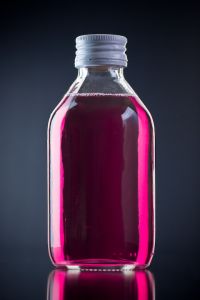
What is the prognosis?
If the disease is diagnosed early and the sufferer stops smoking their lung function should not decline any faster than anyone else with a similar profile who does not smoke.
A too thin person with low BMI has a poorer prognosis than someone of normal weight and BMI
5 Herbal remedies believed to be beneficial to people with COPD
- Asian Ginseng
- Astragalus root
- Echinacea
- *Liquorice root
- Ginger
*Can affect blood pressure
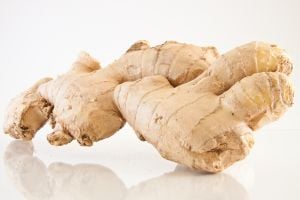


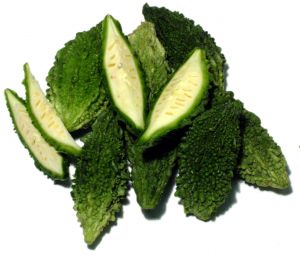
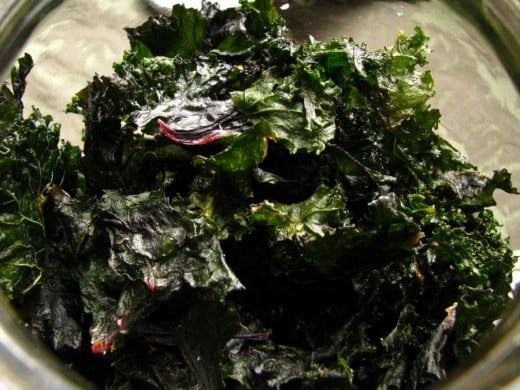
NEW RESEARCH ON ASTHMA AND COPD REMEDIES
Recent studies at the University of Massachusetts Medical School show that taste receptors in the muscle of the airways, similar to the receptors in the taste buds, are stimulated by consuming something with an unpleasantly acrid taste. The bitter taste causes the muscle around the bronchioles to relax.
This helps asthma and COPD sufferers by widening the airways. Experiments with mice have shown that these effects are faster than those of reliever inhalers. They were given saccharine and quinine inhalants because of their bitter aftertaste.
In an asthma attack the bronchioles open and allow calcium to travel into the cells which then contract and cause the attack. In COPD the process happens for no apparent reason. The bitter substance appears to disable the calcium channel, allowing the airways to open and halting the attack.
Although this research is new, Bitter gourd root has been used for centuries for respiratory problems in Folk Medicine. Thai Kale becomes increasingly bitter as it matures and is also thought to be useful for COPD and asthma.
© Susan Bailey 2013 All Rights Reserved

